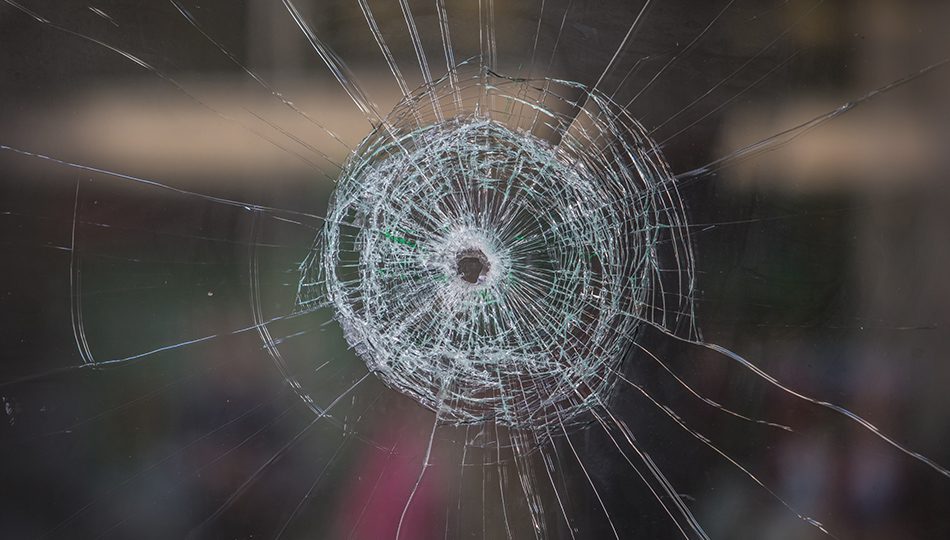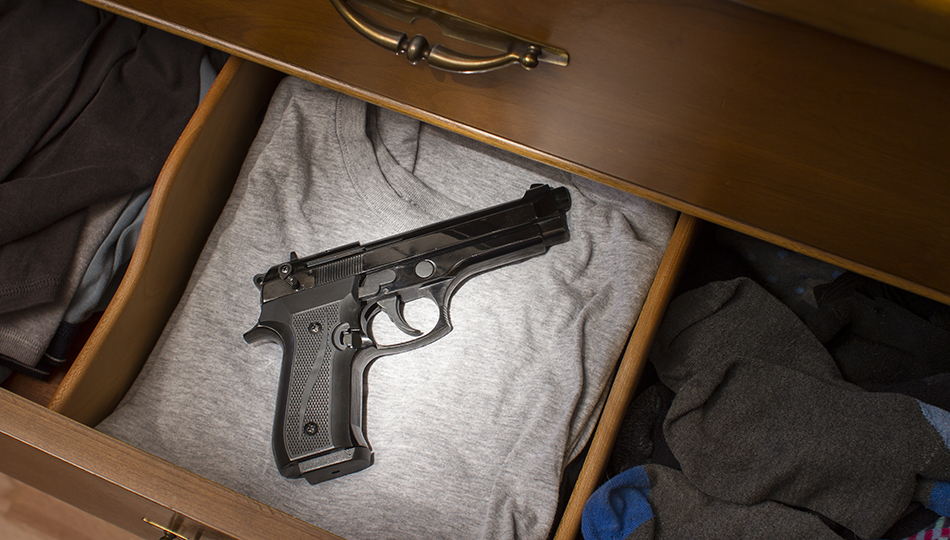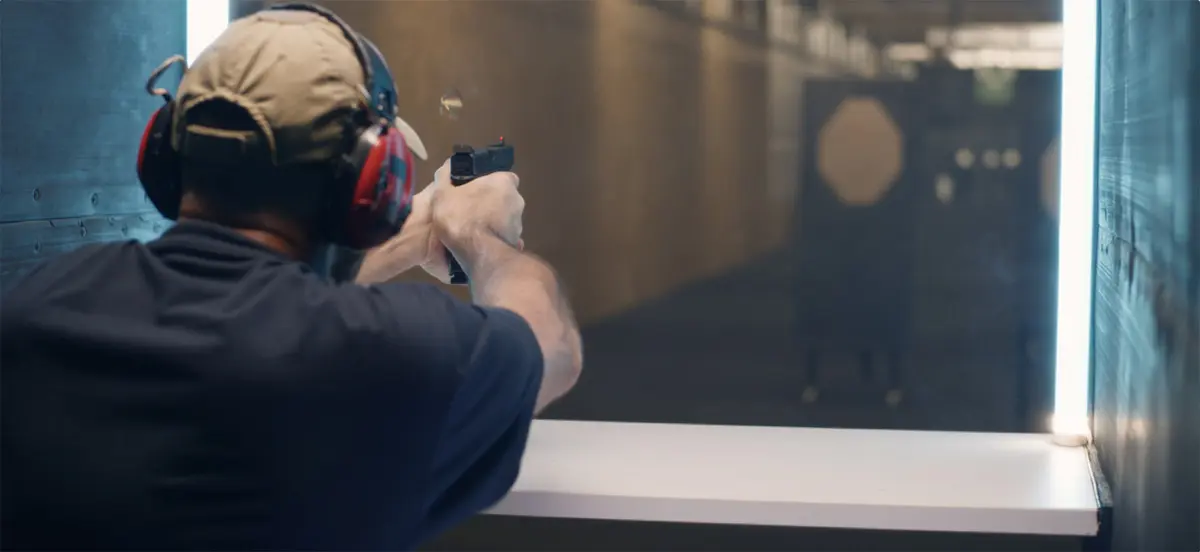
Firearms can provide many great benefits for responsible gun owners. Whether it’s the sense of community surrounding the shooting sports, the fulfillment that a day on the range can provide, or protection in the direst of circumstances, guns are a valuable addition to many people’s lives. While some people may only see the danger inherent in owning or using a firearm, it’s important to remember that cars, prescribed medications, household chemicals, and even swimming pools can also be dangerous in certain circumstances. With any item that has the potential to cause harm, it’s crucial to acknowledge that a risk exists and then take steps to make it less likely for something to go wrong.
There are many firearm safety tips, rules, and best practices. While many of the commonly taught firearm safety rules help prevent or minimize negative outcomes, there isn’t always a good explanation as to why the rules are in place. If you’re new to firearms, you might not know that quite a few of them either directly or indirectly address one issue: the accidental discharge (AD) of a firearm.
Definition of Accidental Discharge
At face value, it seems like it would be simple to define what an accidental discharge is, right? This isn’t always the case, namely because of some confusion regarding frequently used terminology surrounding similar events. Two other terms that you need to be aware of are unintentional discharge (UD), and negligent discharge (ND). Some people use these terms interchangeably with accidental discharge, and while it may seem like all three terms are referring to the same kind of event, it’s important to realize this isn’t the case.
We’ll talk a little bit more about why that is, but for now let’s say that an accidental discharge is anytime a gun is caused to fire unintentionally and involuntarily. These instances are not the same as a negligent discharge, as there’s a bit of nuance there that we’ll get to in a moment. Additionally—and here’s where things also can be confusing—accidental discharges are unintentional discharges, but not all negligent discharges are unintentional discharges.
Accidental Discharge vs. Negligent Discharge
While many people do in fact use accidental discharge and negligent discharge interchangeably, there’s a difference between the two. For some context, we are going to be speaking to the two terms as they’re used inside of the firearms training community. These definitions should not be confused with legal definitions, which could be significantly different depending on multiple factors, including the jurisdiction you live in.
Negligent discharges are almost always the result of decisions or deliberate actions taken by the user that have foreseeable negative outcomes attached to them. Extreme examples of these sorts of decisions or actions might include something like purposefully pointing an “unloaded” gun at someone and pressing the trigger to show that it doesn’t contain any ammunition. The obvious issue here is that if the user is mistaken about the condition of the firearm, they won’t know so until after they’ve just shot at someone. Couple this with the fact that almost every variation of firearms safety rules in existence includes a provision against pointing guns at things that the user does not intend to shoot, and you have actions that are negligent. If a gun were to fire under the above set of circumstances, it would be a negligent discharge.
Accidental discharges occur when the user performs an involuntary action; when the gun fires without the user’s input at all; and in some instances, when the user unknowingly performs an action. For instance, the hand can reflexively close when someone experiences a slip, trip, or fall. Under these conditions it is possible for someone who has their finger straight and outside of the trigger guard to unintentionally press the trigger while falling. The user hasn’t decided to press the trigger or even decided to touch the trigger. If a gun were to fire under the conditions described above, and assuming the user was indeed following standard safety practices, it would be an accidental discharge.
We’ve given extreme examples of both negligent and accidental discharges to illustrate a point. The reality is that it can be difficult to easily identify whether something is negligent or accidental. This is a contributing factor to the confusion surrounding the terminology, and something that isn’t always discussed when the topic arises.
Common Causes of Accidental Discharge
Because there are so many factors that determine whether something is accidental or negligent, it’s almost impossible to pinpoint “common” causes of accidental discharge unless we limit the conversation to events that we absolutely know are accidental. With that in mind, the two most common causes of accidental discharges are going to be mechanical failure and guns that are not drop-safe being dropped in a fashion that causes them to fire.
Mechanical failure refers to a portion of the gun failing, breaking, or not functioning as designed in such a way as to cause it to fire without the user’s direct input. Many modern firearms have safety systems in place that ensure that if one part fails, a trigger press will still be required for the gun to fire. Even if a firearm is equipped with such a system, it is still possible for mechanical failure to lead to an accidental discharge without a trigger being pressed. The most common example of this involves the firing pin or striker of a semi-automatic pistol becoming stuck in its forward position. If a firing pin or striker is stuck in this forward position, the pistol will fire every time it chambers a live round until the firing cycle is interrupted, the pin or striker becomes unstuck, or the pistol runs out of ammunition.
Even guns that are not drop-safe are difficult, but not impossible, to cause to be fired when dropped. This generally involves the firearm falling from a significant enough height and striking a surface in a very specific orientation with enough force to either pull the trigger via inertia or cause a free-floating firing pin to strike the primer of a cartridge with enough force to cause ignition. While this isn’t common, it is possible. Of note, most modern long guns are not drop-safe. This is why storing or staging a long gun with a chambered round is generally considered a poor practice.
Safety Precautions to Prevent Accidental Discharge
Following firearm safety tips or rules that are commonly available can do quite a lot to help prevent accidental discharge. These tips or rules will generally be some variation of things like making sure you are keeping the muzzle of the gun pointed in the safest direction available to you, finding a tactile spot for your trigger finger to rest when you’re not shooting that is high and away from the trigger, and treating every gun with the respect a dangerous tool deserves no matter if it’s loaded or unloaded.
Another thing that you can do to help reduce the risk of accidental discharge is to limit unnecessary administrative handling of any gun. For instance, if you carry a gun daily, you might leave it in the holster at the end of the day and remove the entire holster with the gun in it to store it at night, instead of taking the gun completely out of the holster to put it away. Also, make sure that you or a qualified gunsmith perform necessary preventative maintenance to ensure that every part of your gun is functioning as designed.
We understand accidents happen, which is why we offer Accidental Discharge coverage with all our plans. To get the peace of mind that comes with being a member, click here.
FAQ’s
What is accidental discharge, and how does it happen?
Accidental discharge is when a firearm fires without the user’s intent or voluntary action. This can happen in various ways and should not be confused with a negligent discharge.
What are the most common causes of accidental discharge with firearms?
The most common causes of accidental discharges that are unequivocally accidental are mechanical failure, and dropping a gun that is not drop-safe. There are other things that can lead to accidental discharge, but depending on the context and circumstances, some of these factors might lead to a negligent discharge.
How can gun owners prevent accidental discharge?
Adopting strict safety and maintenance protocols can go a long way to ensuring that an accidental discharge never occurs. Reducing unnecessary administrative handling, removing all ammunition from the room if you intend to dryfire, and other simple steps can also help reduce the risk of accidental discharge.
What is the difference between accidental discharge and negligent discharge?
Accidental discharge is when a firearm fires without the user’s intent or voluntary action. Negligent discharges are almost always the result of deliberate actions taken by the user that have foreseeable negative outcomes.
Are there specific safety rules for handling firearms to avoid accidental discharge?
There are multiple sets of firearms handling rules that can address the risk of accidental discharge. The two that are most applicable are to always point the gun in a safe direction, and to never touch the trigger unless the decision to shoot has been reached and the muzzle is aligned with the target.
Can accidental discharge result in injuries, and how can they be minimized?
Firearms always hold the potential to cause injury. If a firearm fires unexpectedly for any reason, the only thing that can minimize the chance of injury is for the gun to be pointed in a safe direction, away from people and anything else that shouldn’t be shot. Even then, this is no guarantee that an injury won’t occur as bullets can travel for great distances, or ricochet at various angles from surfaces.
Your Protection Starts Here!
The information provided in this publication is intended to provide general information to individuals and is not legal advice. The information included in this publication may not be quoted or referred to in any other publication without the prior written consent of U.S. LawShield, to be given or withheld at our discretion. The information is not a substitute for, and does not replace the advice or representation of a licensed attorney. We strive to ensure the information included in this publication is accurate and current, however, no claim is made to the accuracy of the information and we are not responsible for any consequences that may result from the use of information in this publication. The use of this publication does not create an attorney-client relationship between U.S. LawShield, any independent program attorney, and any individual.





Leave A Comment